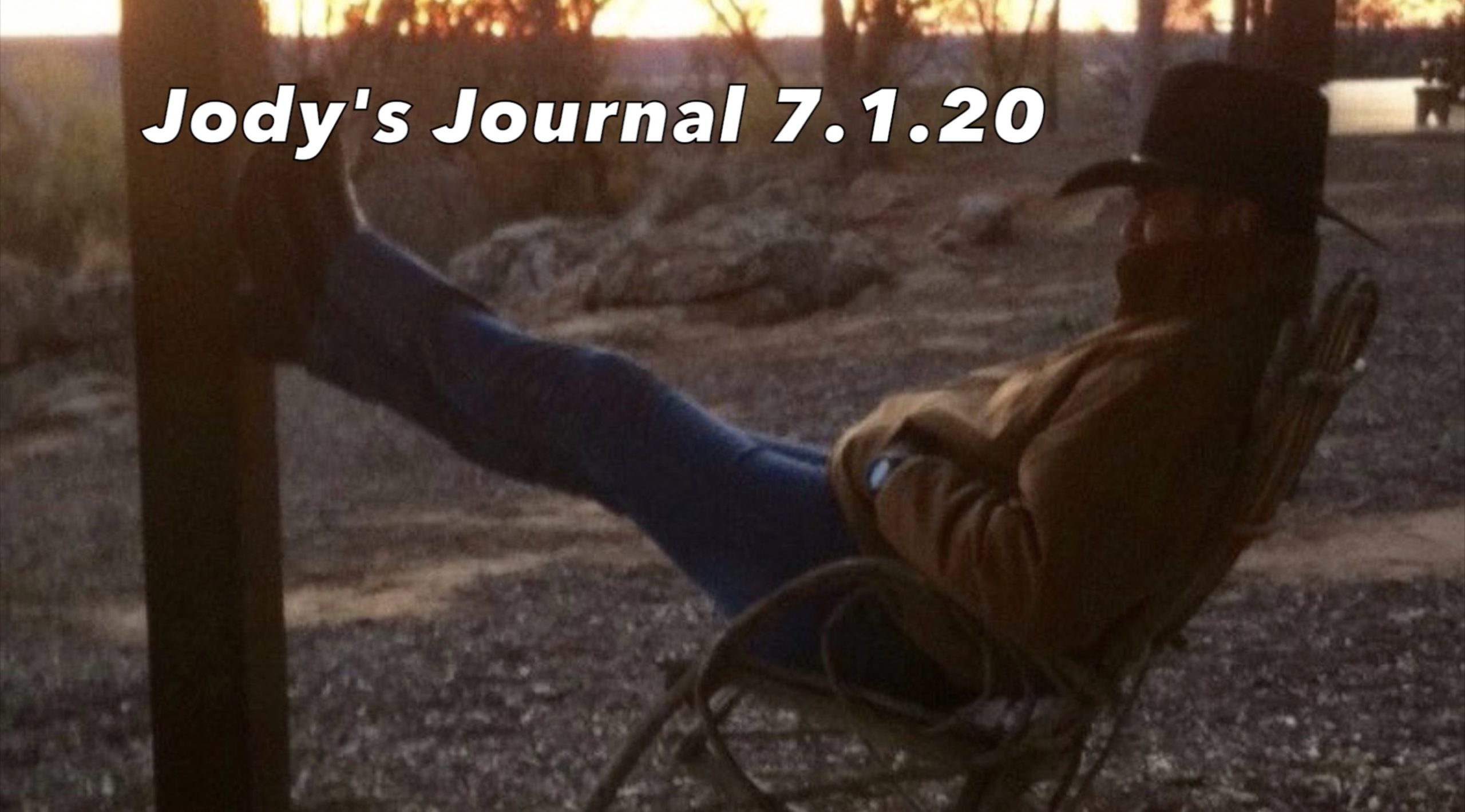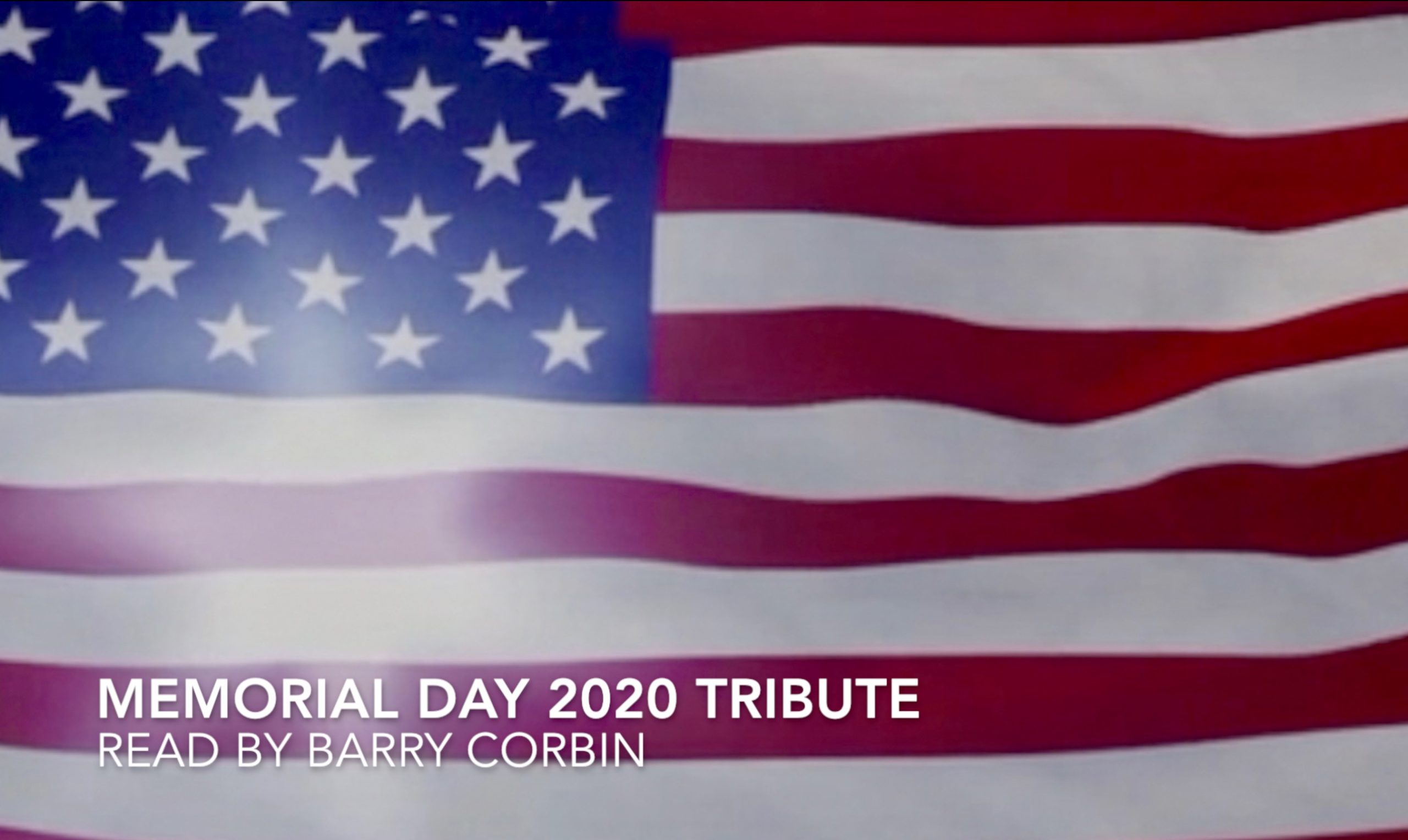The Eagle landed on June 20th, a little after 3:15 in the afternoon Fort Worth time.
By the time Neil Armstrong was preparing to squeeze through the Lunar Module’s hatch six hours later, we’d gathered in the den of our house on Bilglade Road. It was Pop in his Archie Bunker chair, Mom in her usual spot on the sofa near the phone, and my grandmother Mimi on the whichever end of the sofa was furthest away from Pop. Pop’s sister Aunt Anne was also visiting, and I think she sat in that creaky hallway chair we used with the desk.
Me? I was 9 years old, sitting on the floor surrounded by my Monogram plastic models of the Command, Service and Lunar Modules, demonstrating for the adults what Walter Cronkite and Wally Schirra were saying on TV.
I remember the first time I showed my children footage from that night. When you’ve grown up immersed in CGI, it’s hard to understand what it was like when science fact was far more compelling than even the wildest alt-universes of science fiction. After Space Odyssey, Star Wars and Star Trek penetrated the public consciousness, special effects kinda made space less special. We could go there every night on Battlestar Galactica.
But up until the 70s, it wasn’t like that. There was simply nothing and had never been anything like tracking John Glenn aboard Friendship 7, or watching Ed White take the first US spacewalk in 1965, or hearing the astronauts aboard Apollo 8 read from Genesis at Christmas in 1968. For a 9-year-old kid who grew up shooting off Estes model rockets, I was hooked.
But it wasn’t just the rockets, you know. In just a few short years, when it seemed like there was a new launch every few weeks, we were about to actually do it. The impossible. Land on the moon. Two men were about to go for a walk on it. And if we could put human beings on the surface of the moon, what couldn’t we do?
Poverty? We could handle that. Hunger? That could be fixed. Racial animosity and strife? Good Lord, we’d grown up with individuals who had laid down their lives for justice and mercy. We could shoot for any moon when and where we needed to, and get there, and we knew for certain that we would.
Next time you’re around your children or grandchildren, tell them their smartphone carries 100,000 times more power than the computer aboard Apollo 11 – and by itself could process all the data for 120 million Apollo 11 moon missions at once. That microwave you can’t live without? Moon. Everything from zip-lock bags to velcro. Moon. All that and a billion other things came from trying to get to the moon, so the value of going was inestimably huge. Improve our grasp of ocean currents and crop failure to the terrible price of pollution? Space exploration helped make all that possible. Even now the technology gained helps us understand the cosmos and our place in to the extent that we may yet depend on it for our survival as a species. We know Earth as well as we do thanks in large measure to looking back at it.
Equally inarguable is that we went, although in our post-truth age even that simple statement of demonstrable fact can instantly gavel a kook convention into session. In the midst of the commemorations this past week, no less than NBC’s Today Show actually featured a segment asking whether the landing had been staged as a publicity stunt. You could almost hear the national IQ collectively cry out in pain.
Such foolishness not only insults science, it inevitably mocks of the people who dedicated their lives – and in many cases, gave them – to the exploration of space. What is also inevitable is that we will go to the moon again, though it now feels more like a business decision rather than a human turning point. It’s also true that being able to leave this planet becomes less of a desire with each passing hour, and more of an impending necessity.
Going is a need built into us as firmly as hunger. Depending on your world-view, we either never would have left the caves nor opened the door of the Ark without the desire to go. Wanting to know what’s over that next hill or around that next curve pulls us like spawning grounds lure salmon. You’d have to have been alive that night to know what it felt like when the whole world stopped. Just stopped. All of it. And for a brief moment in time, everyone looked up.
These days, we look down. A lot. Nature teaches us that is a good way to walk into a tree branch. Our aspirations seem smaller. The problems we thought we’d have solved by now in many cases seem worse. Progress seems fleeting. Standards feel lower. Compromise is no longer defined by whatever accommodations we might make in finding solutions, but by the lies we tell ourselves in order to justify supporting the amoral and indefensible for power’s sake.
What values did Apollo affirm? Bravery, for starters. Take a few sheets of aluminum foil and layer them. Now stick a hole in it with your finger. That’s about what was between the inside of the Lunar Excursion Module and the outside vacuum of space. Bend over wrong and you could die. Self-sacrifice, too. Buzz Aldrin later said he and his colleagues put their odds of failure at 4 in 10. Picnics have been cancelled over a lesser chance of showers. Armstrong had already nearly been killed once in a training mishap. It’s still not known how many souls perished over the years in the Soviet space program. Apollo 6 nearly rattled apart during a test. It was estimated that if the fully-fueled Saturn V blew up, the fireball would have been 1500 feet across. Thus, the Vice-President and other dignitaries were seated three miles away from Pad 39A – well beyond any accident’s immediate blast-zone.
Getting to the moon and back meant dreams could overcome obstacles. Anything was possible – which is why the entire world paused to watch. It was an age for dreaming. What we see around us today is the result of having stopped. Given little to which we can aspire, human beings turn inward – and ultimately upon each other. We were all in the tiny Columbia command module as it hurtled home. Some say robots should do the job, and there’s no need to risk human life. Those willing to go will tell you that humanity’s spirit is worth the risk, and robots cannot inspire.
Ray Bradbury once said that his hope as a science fiction writer wasn’t to predict the future; it was to prevent it. Thankfully, not all futurists predict dystopia. There’s still enough left in us to get this right – on our stewardship of our planet, if nothing else. Decisions are being forced upon us by our changing home itself, in no small part due to the changes we ourselves have wrought. As this planet’s resources inevitably deplete, human kind’s future is already “out there”.
That, you see, is why we really needed the moon. Not merely because we planted our flag first on another world (it blew down when Eagle’s ascent stage blasted off), but because one great vision gave hope that other dreams could also be achieved.
On Christmas Day 1968, writer and poet Archibald MacLeish published a short essay. It had been inspired by a photo that came to be known as Earthrise, taken by astronaut William Anders aboard Apollo 8 on Christmas Eve, at around 11 in the morning Fort Worth time. Life magazine would later name it as one of the 100 Photographs That Changed The World, and famed nature photographer called it “the most influential environmental photograph ever taken”. Moved by the sight of Earth climbing above the gray lunar landscape nearly 240,000 miles away, the four-time winner of the Pulitzer Prize wrote the following:
To see the earth as it truly is, small and blue and beautiful in that eternal silence where it floats, is to see ourselves as riders on the earth together, brothers on that bright loveliness in the eternal cold – brothers who know now they are truly brothers.
We need great endeavors like the one fulfilled fifty years ago this week if only to remind us of that yet again.
JD
7.19.19






